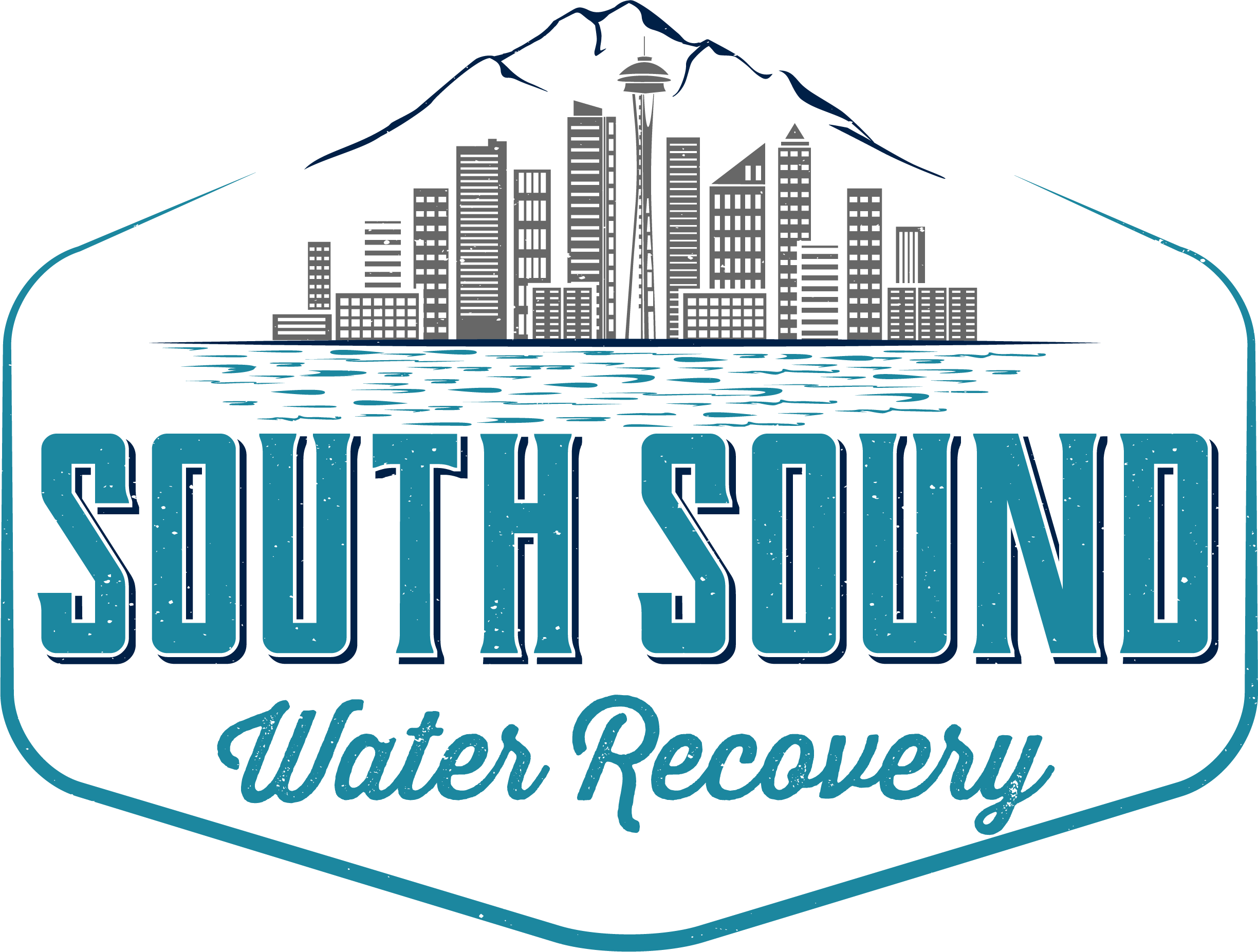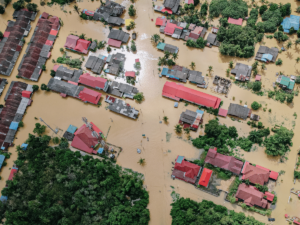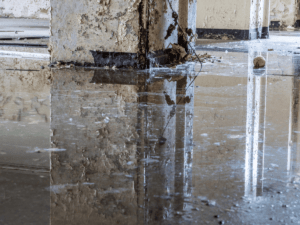Your home’s roof serves as the first line of defence against the elements, but when Mother Nature unleashes her fury in the form of a storm, even the sturdiest roofs can take a beating. Storm damage to your roof is a potential threat to your safety and your home’s structural integrity. Whether it’s a powerful windstorm, hail, or heavy rainfall, it’s crucial to understand the impact of storms on your roof and how to address any damage promptly.
In this blog, we’ll explore the world of “Storm Damage Roof Repair” and provide you with valuable insights, tips, and guidance to protect your home and ensure that your roof remains strong and resilient in the face of nature’s wrath.
Signs of Roof Damage After a Storm
After a severe storm, inspecting your roof for potential damage is essential. Identifying issues early can prevent further deterioration and save you from costly repairs down the road. Here are some common signs of roof damage to watch out for:
- Missing or Damaged Shingles: High winds can lift and remove shingles from your roof. Check for any missing or visibly damaged shingles. If you notice exposed underlayment or decking, it’s a clear indicator that your roof needs attention.
- Dented or Cracked Shingles: Hailstorms can leave behind dents or cracks in your shingles. These may not always be easy to spot, so it’s essential to inspect your roof carefully. Run your fingers gently over the shingles to feel for any irregularities.
- Granule Loss: Asphalt shingles often have a layer of granules that protect them from the sun’s UV rays. Hail or heavy rain can strip away these granules, leaving your shingles vulnerable to further damage.
- Water Stains on the Ceiling: One of the most noticeable signs of roof damage is water stains on your interior ceilings or walls. If you spot brownish stains or bubbling paint, it’s a sign that water has penetrated your roof’s protective layers.
- Leaking in the Attic: Check your attic for signs of water infiltration after a storm. Insulation or rafters that are damp or discolored indicate a leak. Addressing leaks promptly can prevent mold growth and further structural damage.
- Clogged Gutters: Storms can cause debris like leaves and branches to accumulate in your gutters. When your gutters are clogged, water can back up and overflow, potentially damaging your roof’s eaves and fascia.
- Visible Roof Debris: Fallen tree limbs or debris from the storm may have landed on your roof. Inspect your roof for any foreign objects and carefully remove them to prevent additional damage.
- Loose Flashing or Vents: High winds can loosen flashing around chimneys, vents, or skylights. Loose or damaged flashing can lead to leaks, so addressing these issues promptly is essential.

Storm Damage Roof Repair: DIY vs. Professional Help
When your roof sustains storm damage, one of the first decisions you’ll face is whether to tackle the repairs yourself or hire a professional. Both options have their merits, but it’s essential to understand the factors involved in making the right choice.
DIY Roof Repair:
- Cost Consideration: DIY roof repair can be more cost-effective if the damage requires a minor repair and you have the necessary skills and tools. Purchasing materials and investing your time can save you money upfront.
- Immediate Action: If the damage is causing active leaks, taking immediate action can prevent further water infiltration and mitigate interior damage. Temporary fixes like tarping or sealing small holes can be done quickly.
- Skill and Experience: DIY repair is suitable for individuals with roofing experience and a good understanding of the specific issues at hand. Confidence in your abilities is essential to avoid causing more harm than good.
Professional Roof Repair:
- Safety First: Roof repair can be hazardous, especially after a storm. Professionals have the training and equipment to work safely at heights, reducing the risk of accidents and injuries.
- Quality Assurance: Experienced roofing contractors can provide high-quality repairs that meet industry standards. They have the expertise to identify hidden damage and ensure your roof’s long-term integrity.
- Warranty Protection: Many professional roofing services offer warranties on their workmanship and materials. This added protection can provide peace of mind, knowing that your investment is backed by a guarantee.
- Time and Efficiency: Professional roofers can complete repairs more efficiently than most DIYers. They have access to the necessary equipment, materials, and a skilled team, which means your roof will be restored faster.
- Comprehensive Assessment: Roofing professionals can comprehensively inspect your roof, addressing the visible damage and identifying underlying issues that may not be immediately apparent. This prevents future roofing problems.
- Insurance Assistance: If your storm damage is covered by insurance, a professional roofer can assist with the claims process. They know how to document the damage properly and can help ensure you receive a fair settlement.
Making the Right Choice:
Ultimately, the decision between DIY and professional storm damage roof repair depends on the size of the damage, your roofing experience, and your comfort level with the task. While small repairs like small leaks or missing shingles may be DIY-friendly, significant damage or complex repairs should be left to the experts.
Preventing Future Storm Damage to Your Roof
While prompt storm damage roof repair is crucial, taking proactive steps to prevent future damage is equally important. Here are some key strategies to safeguard your roof against the next storm:
1. Regular Roof Inspections:
Schedule regular roof inspections by a professional roofing contractor. They can identify minor issues before they escalate, ensuring your roof is in top shape to withstand future storms.
2. Trim Overhanging Branches:
Overhanging branches can pose a threat during storms, potentially causing damage to your roof. Trim trees near your home to reduce the risk of branches falling onto your roof during high winds.
3. Reinforce Roofing Materials:
Consider investing in impact-resistant roofing materials. These can better withstand hail and debris impact, reducing the likelihood of damage during severe weather.
4. Maintain Gutters and Downspouts:
Clogged gutters and downspouts can lead to water backup, causing leaks and water damage. Regularly clean and maintain your gutter system to ensure proper water drainage.
5. Secure Loose Shingles:
Inspect your roof for loose or damaged shingles and replace them promptly. Strong winds can easily lift loose shingles, exposing your roof to water infiltration.
6. Reinforce Roof Sheathing:
Consider reinforcing your roof sheathing to improve its wind resistance in hurricane-prone areas. This added layer of protection can make a significant difference during a storm.
7. Install Hurricane Straps:
Hurricane straps can help secure your roof to the underlying structure, reducing the risk of it being lifted off during extreme winds. Consult with a professional for proper installation.
8. Upgrade Skylights and Vents:
Skylights and roof vents are vulnerable areas during storms. Upgrading to impact-resistant or fortified versions can prevent water infiltration and damage.
9. Maintain Attic Ventilation:
Proper attic ventilation can help regulate temperature and humidity, preventing moisture buildup that can lead to mold and rot. Ensure your attic ventilation system is functioning correctly.
10. Emergency Preparedness:
Have an emergency plan in place for your family and your home. This includes knowing how to shut off utilities and having an emergency roof tarp on hand to cover damaged areas until professional repairs can be made.
11. Insurance Review:
Review your homeowner’s insurance policy to ensure you have adequate coverage for storm damage. Understand your deductible and the claims process to be prepared in case you need to file a claim.
12. Professional Guidance:
Consult with a local roofing expert who understands the specific weather challenges in your area. They can provide tailored advice on storm-resistant roofing options and preventive measures.
Taking these proactive steps can significantly reduce the risk of storm damage to your roof and minimize the need for costly repairs. Remember that a well-maintained and resilient roof protects your home and provides peace of mind during severe weather events.
Choosing the Right Roofing Contractor for Repairs
Selecting the right roofing contractor is a critical decision when it comes to storm damage roof repair. Here are some key factors to consider as you search for the right professional to restore your roof:
1. Local Experience:
Opt for a roofing contractor with a strong local presence and experience in your area. Local contractors understand your region’s specific weather conditions and challenges, making them well-equipped to handle storm damage repairs effectively.
2. Licensing and Insurance:
Ensure that the roofing contractor is licensed, bonded, and insured. This protects you from liability in case of accidents during the repair process and ensures that the contractor meets industry standards.

3. Reputation and Reviews:
Check online reviews and ask for references from previous clients. A reputable roofing contractor should have a track record of satisfied customers and a portfolio of successful storm damage repairs.
4. Expertise in Storm Damage:
Choose a contractor experienced in storm damage repairs. They should be knowledgeable about assessing and addressing storm-related issues, from shingle replacement to structural repairs.
5. Emergency Response:
Consider a roofing contractor that offers emergency response services. Storm damage can worsen quickly, so having a contractor who can promptly assess and temporarily repair your roof can prevent further issues.
6. Quality Materials:
Inquire about the roofing materials the contractor uses. Quality materials are essential for a long-lasting repair. A reputable contractor should be able to explain the types of materials they recommend and why.
7. Warranty:
Ask about the warranty offered on both labor and materials. A reliable contractor stands behind their work and provides warranties that give you peace of mind.
8. Cost Transparency:
Request a detailed estimate that outlines all costs associated with the repair. Avoid contractors who provide vague or unclear pricing. A transparent estimate helps you understand what you’re paying for.
9. Permits and Compliance:
Ensure the contractor obtains the necessary permits for the repair and complies with local building codes. This ensures the work is done legally and up to code.
10. Communication:
Effective communication is key. Choose a contractor who is responsive and communicates clearly throughout the repair process. They should keep you informed about progress and any unexpected developments.
11. Eco-Friendly Practices:
If environmental sustainability is important to you, inquire about the contractor’s eco-friendly practices and materials. Many roofing contractors offer green options that align with eco-conscious values.
South Sound Water Recovery for Storm Damage for Roof Repair
Consider partnering with South Sound Water Recovery for storm damage roof repair. With our extensive experience in the industry, commitment to quality, and 24/7 emergency response team, we are the trusted choice for homeowners. Our skilled and certified technicians are well-versed in addressing storm damage, and we use state-of-the-art equipment to deliver efficient results.
Choosing the right roofing contractor can make all the difference in the success of your storm damage roof repair. With South Sound Water Recovery, you benefit from a local team with a strong reputation and gain access to the expertise and professionalism needed to restore your roof to its pre-damage condition. Contact us today to schedule an inspection and get your roof on the path to recovery.





